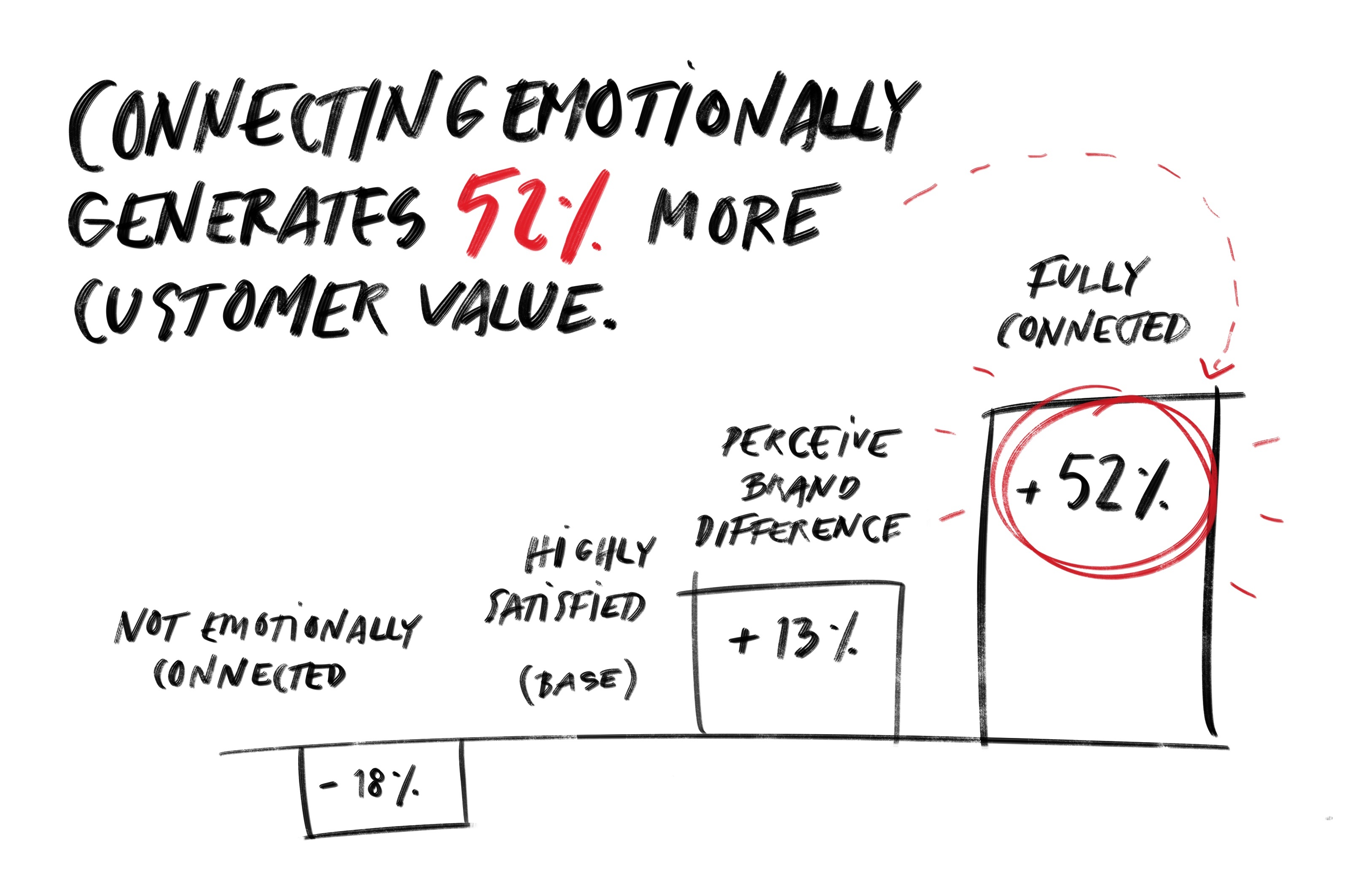The notion of brand building has changed a lot in the recent decennia thanks to digitalisation, new media and changed consumption habits. Along with commoditization of goods and services, we have entered an era of experience economy, where experiences are consumed as milk and used as the primary differentiation strategy by companies. This is because, unlike commoditised goods and services, experiences have the power to create memorable sensations that create added value to customers and competitive advantage to companies.
As Maya Angelou, the American poet and civil rights activist, puts it:
"..people will forget what you said, people will forget what you did, but people will never forget how you made them feel."
One can state that a brand is the customers’ collected view of a brand and its business. That’s why you need to think about the whole customer experience and innovate through both compelling storytelling and through actually living and breathing the story in each touchpoint. As we progressively experience brands through digital touchpoints, in many cases the digital user experience becomes the primary mediator of brand value.
This is why it is extremely important to consider customer experience as an integral part of brand building. The promises that have been made, must be kept throughout the entire customer journey. This makes people trust you and feel a stronger connection to your brand. If you can make customers feel a stronger connection with you, it will have a positive effect on the bottom line. Your brand is not about what you say you do anymore, it’s rather about how you make your customers feel. 
Source: Magids, Zerfas & Leemon, Harvard Business Review, 2005
Due to the changed market landscape, the tools to build brands also need to change. This means a shift towards a tighter cross-functional collaboration, where a team work towards solving the same problems and creating a coherent brand experience in different touch points. This is when Service Design comes to the picture. It provides you with a set of tools and methods to implement a collaborative process for creative problem solving. Through a constant dialogue with your customers, Service Design gives you invaluable insights to improve the quality of your service and the entire customer experience. Whereas UX and interaction design methods traditionally look into the usability of a product, Service Design takes into account the entire customer journey, including all touch points that congregate the customer experience. Surely you don’t want to be just another service provider?
Want to learn more about Service Design? Download our new Service Design handbook at books.bbhstockholm.se/servicedesign